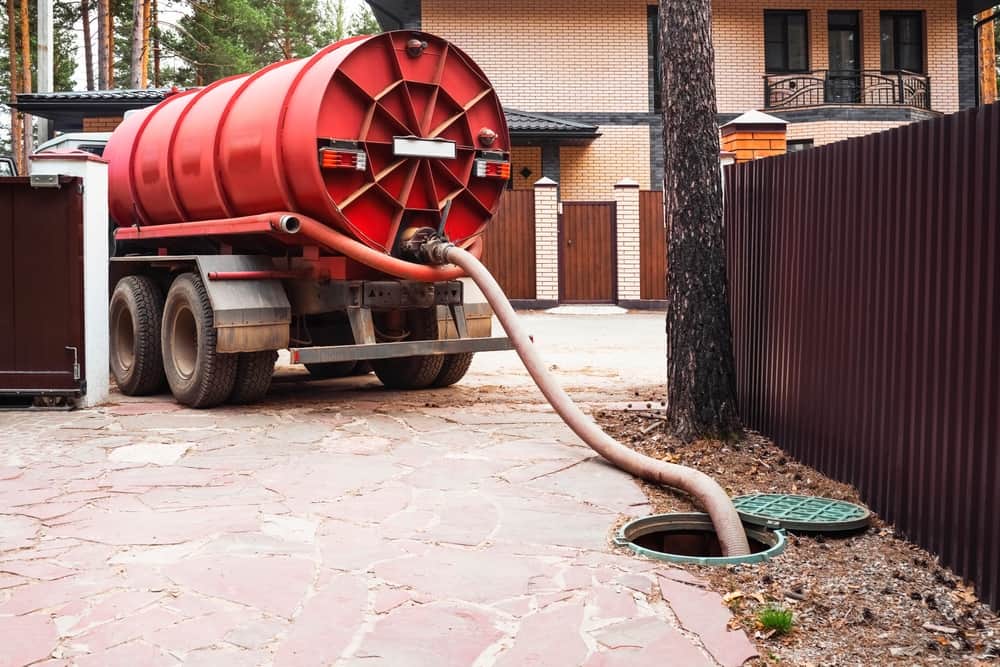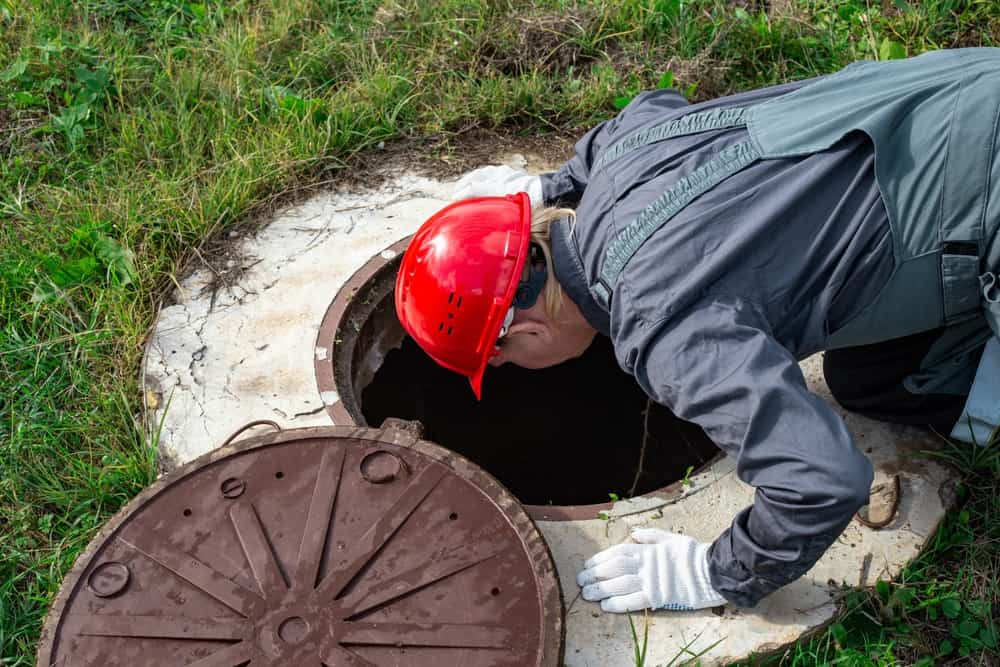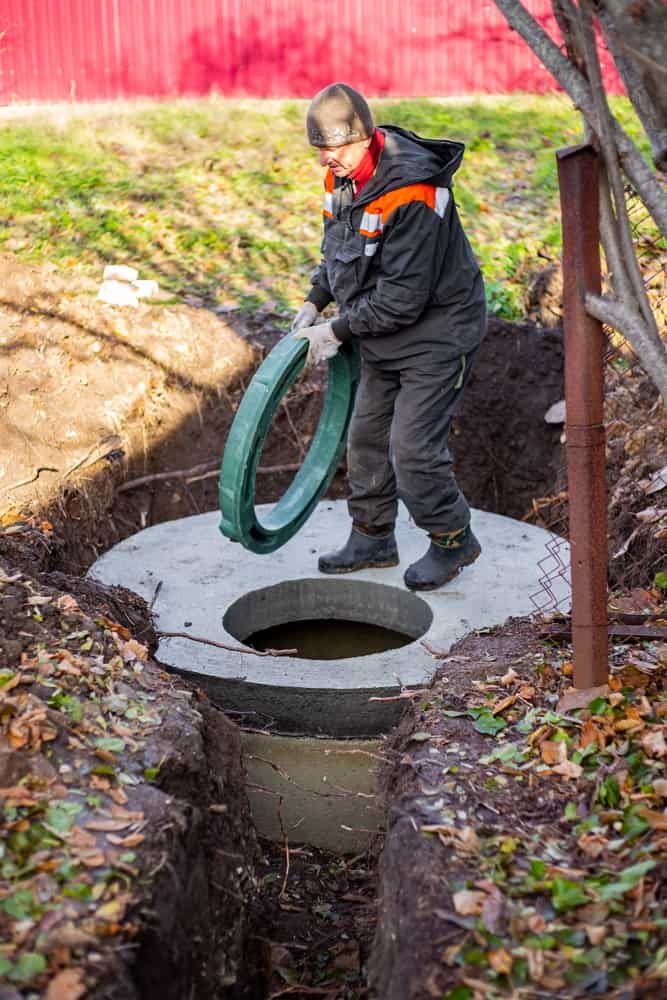What our clients say




Maintaining Healthy Septic Systems in Ridge, NY
Why Septic Tank Maintenance is Essential in Ridge, NY
In the heart of Ridge, NY, septic systems play a vital role in ensuring waste management is conducted efficiently and safely. Properly maintained septic tanks not only safeguard our environment but also contribute to the overall health and hygiene of the Suffolk County community. At EZ Cesspool, we understand the importance of keeping these systems in optimal condition. With our years of experience and commitment to excellence, we have positioned ourselves as the go-to experts for septic tank services in Ridge, NY.
Regular maintenance prevents potential problems, saving homeowners costly repairs in the long run. From sludge build-up to the risk of leaks, the issues can escalate if not addressed in a timely manner. That’s where EZ Cesspool steps in, ensuring residents of Suffolk County have peace of mind when it comes to their septic systems.
If you have concerns about your septic tank or are unsure about its last maintenance check, don’t hesitate to contact us at 516-676-1199. Our team of professionals is always ready to assist you.


The Services Offered by EZ Cesspool
At EZ Cesspool, we pride ourselves on offering comprehensive septic tank services to residents of Ridge, NY. Our wide range of services has been designed to address every possible issue that might arise with septic tanks in Suffolk County.
- Regular Inspections: Monitoring the health of your septic tank is the first step in avoiding significant issues. We recommend regular checks to keep everything flowing smoothly.
- Cleaning and Pumping: Over time, septic tanks can accumulate waste that can lead to blockages. Our team ensures that your tank is cleaned and pumped, ensuring longevity and efficiency.
- Repair and Installation: Whether you need a new septic system installed or repairs on your existing one, EZ Cesspool is equipped to handle the job. With top-of-the-line equipment and expertise, we ensure every task is completed to the highest standards.
- Emergency Services: Unexpected issues can arise, and when they do, you can rely on us. With prompt emergency services, we are always ready to assist residents of Ridge, NY.
When you choose EZ Cesspool, you’re selecting a team that prioritizes your needs. Reach out to us at 516-676-1199, and let’s ensure your septic system remains in peak condition.

Why Choose EZ Cesspool for Your Septic Needs?
Choosing the right company to manage your septic tank can be daunting. However, residents of Ridge, NY, and the broader Suffolk County area have been trusting EZ Cesspool for years, and here’s why:
- Expertise: Our seasoned team has years of experience in the field. This expertise translates to high-quality service that you can rely on.
- Customer-Centric: We believe in building lasting relationships with our clients. Every service, every interaction is tailored to ensure complete customer satisfaction.
- Affordability: Quality service doesn’t need to break the bank. Our competitive rates ensure that every homeowner in Suffolk County can access top-tier septic tank services.
- Commitment: At EZ Cesspool, we’re not just offering a service. We’re committed to ensuring the health and safety of every household in Ridge, NY.
In conclusion, septic tank maintenance is an essential task that should never be overlooked. By partnering with EZ Cesspool, you are ensuring your septic system remains functional, efficient, and healthy for years to come. Join the ranks of satisfied customers and experience the best in septic tank services.
Contact Us
Ridge is a hamlet and census-designated place (CDP) in the town of Brookhaven, Suffolk County, New York, United States. The population was 13,336 at the 2010 census.
Call Us Today!!
EZ CESSPOOL
We’re Available 24/7 For Emergencies – Ranked #1 Best Service – Residential & Commercial Cesspool Inspections
